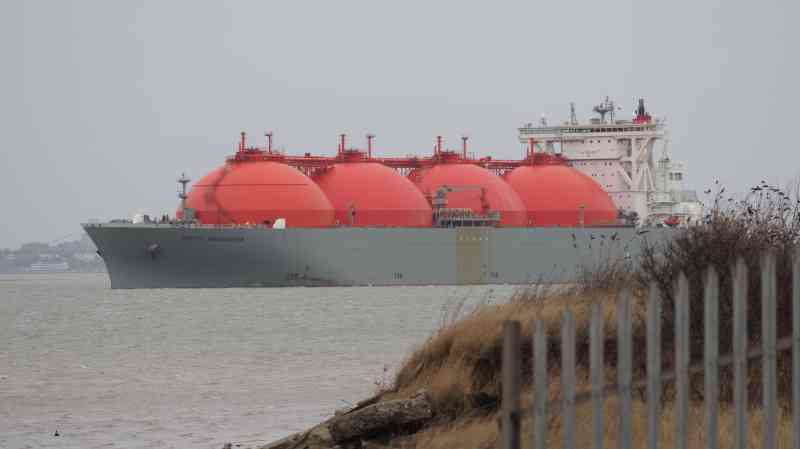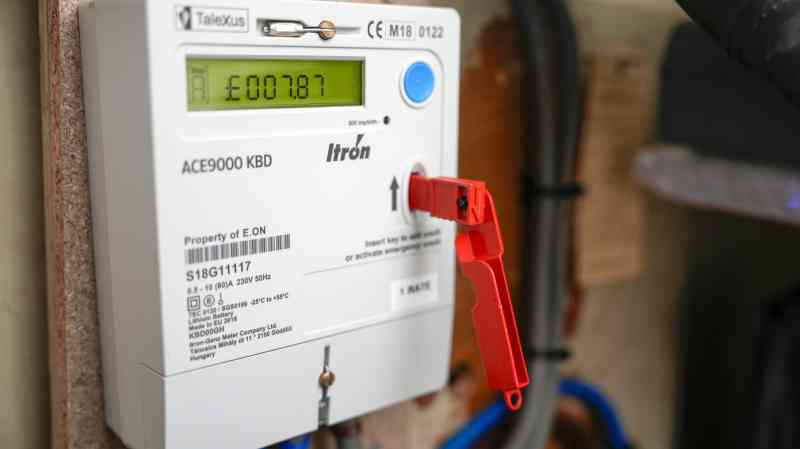Scotland’s renewable energy projects ‘at risk’
Ministers have been attacked for failing to update the way power projects are funded and risking Scotland’s potential for providing the energy supplies of the future.
The UK government has its “head in the sand” over the changes required, threatening an offshore wind farm industry that could provide both thousands of jobs and lower bills for electricity consumers, according to an industry expert.
The warning from Claire Mack, head of Scottish Renewables, an industry body, follows the decision by a Swedish wind farm developer to pull its investment on a major offshore project off the English coast — Norfolk Boreas — due to costs rising by 40 per cent.
Mack said that unless government-imposed funding methods were transformed, other big projects needed to achieve net zero targets will also have to abandoned by developers.
If that happens, Scotland would suffer the most as many of the projects are being planned for Scottish waters.
“One offshore wind development down but how many need to go before the UK government wakes up to the increased cost pressures and economic challenges placing our net-zero ambitions in jeopardy,” Mack said.
“It is, surprisingly, particularly devastating for Scotland. It costs more to build offshore wind farms north of the border than further south but without Scotland the UK government cannot reach its net-zero targets.

“That’s why there are grave concerns that we are on the verge of seeing a domino effect of developers across Scotland slamming the brakes on investment decisions. That’s a domino effect which would have drastic consequences for the future of this country.
“An eyewatering amount of potential is at risk of being lost, with the opportunity to create over 100,000 UK jobs on the line and tens of billions of pounds worth of investment now up in the air.”
Mack said the problem lay in the 30-year-old Transmission Network Use of System (TNUoS), which sets out how energy operators pay to use and maintain the electricity network, and the UK government’s “Contracts for Difference” competitive auction process, designed to push prices as low as they can go,
The TNOuS charging regime means that renewable generators in Scotland pay significantly higher costs to connect their electricity to the National Grid than those in other parts of the UK because of their distance from big population areas.
Under TNUoS, Mack said, an average 1GW Scottish offshore wind project would pay £38 million a year to use the electricity network, while an identical wind farm in the congested seas off England’s south coast would receive a £7 million payment for the same service.
“If projects like Norfolk Boreas are being seen as unviable even with this biased financial environment working in their favour then Scottish projects are in an unfavourable position and are increasingly vulnerable,” Mack said.
In addition, although the auction process had been “incredibly successful” in keeping consumer prices low, it meant there was no financial headroom to absorb rises in commodity prices and inflation.
“It is alarming that ministers have failed to take account of the cost pressures facing developers and have not increased the budget to accommodate these in the auction process,” Mack said.
A Department for Energy Security and Net Zero spokeswoman considered offshore wind as a vital part of the UK’s net zero strategy and its current methods of expanding the sector were working.
“Our plans to power up Britain, combined with the annual auction process, gives the industry more confidence to invest,” the spokeswoman said. “We have already attracted £120 billion of private investment in renewables since 2010 and expect to attract a further £100 billion of investment, which will support up to 480,000 jobs, by 2030.”




Post Comment